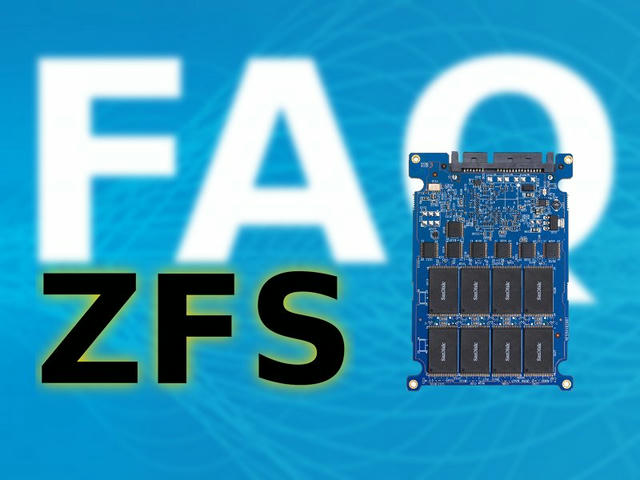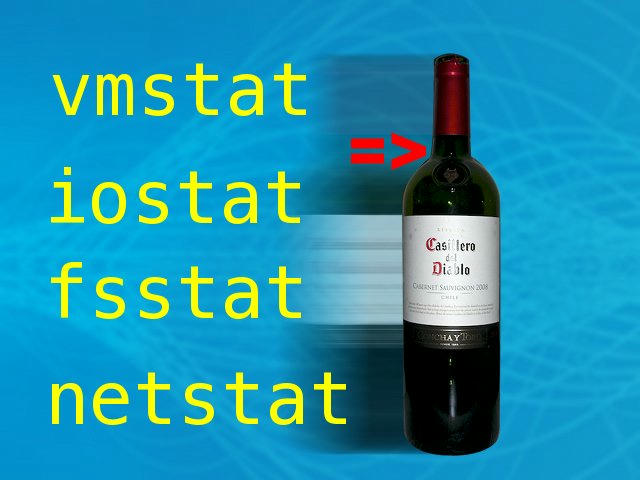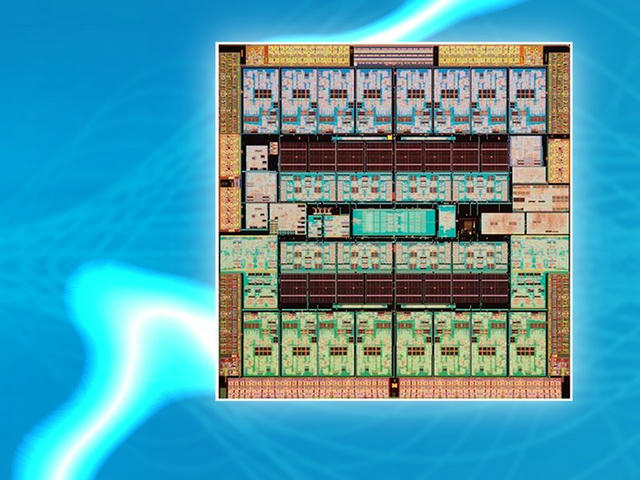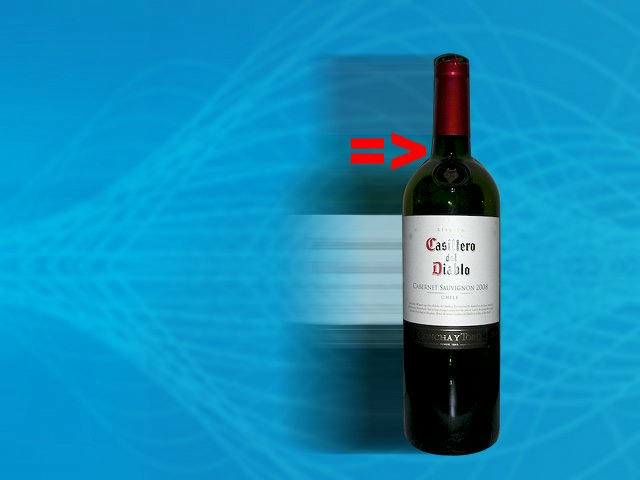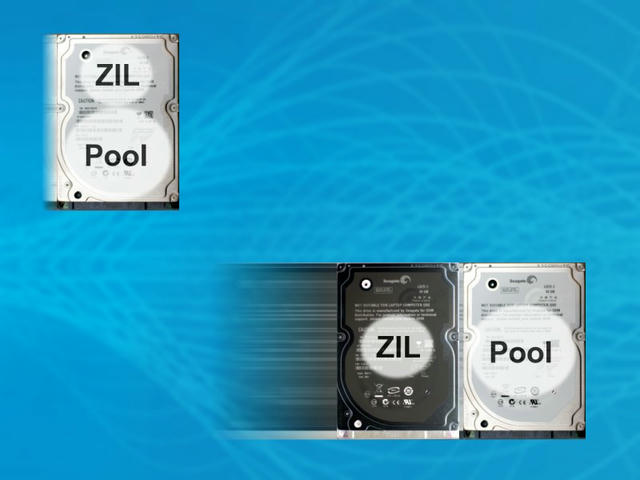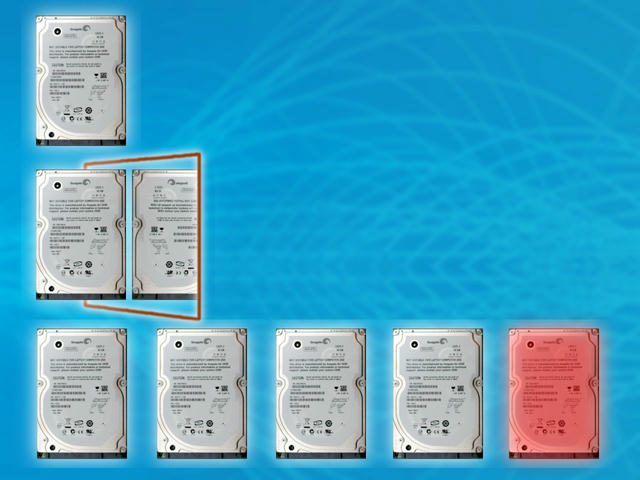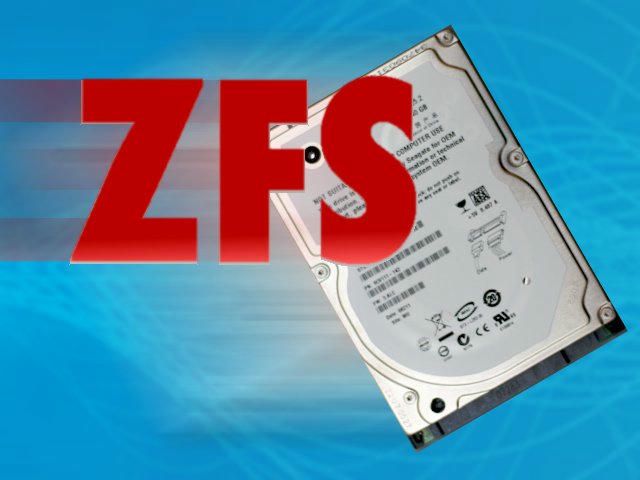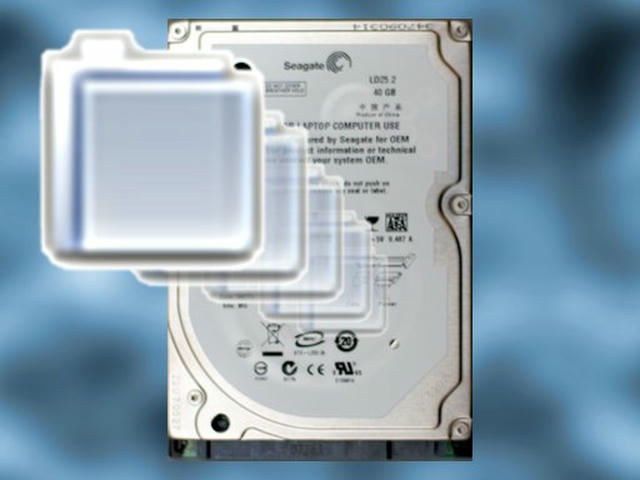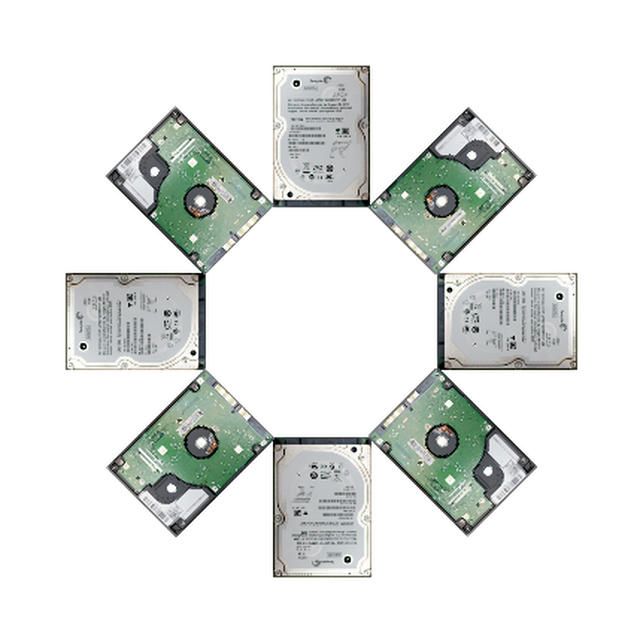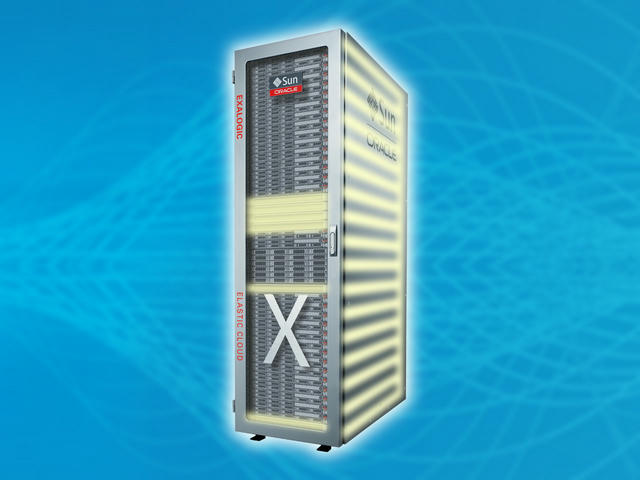
How to Avoid Your Next 12-Month Science Project
While most customers immediately understand how the magic of Oracle’s Hybrid Columnar Compression, intelligent storage servers and flash memory make Exadata uniquely powerful against home-grown database systems, some people think that Exalogic is nothing more than a bunch of x86 servers, a storage appliance and an InfiniBand (IB) network, built into a single rack.
After all, isn’t this exactly what the High Performance Computing (HPC) world has been doing for decades?
On the surface, this may be true. And some people tried exactly that: They tried to put together their own version of Exalogic, but then they discover there’s a lot more to building a system than buying hardware and assembling it together. IT is not Ikea.
Why is that so? Could it be there’s more going on behind the scenes than merely putting together a bunch of servers, a storage array and an InfiniBand network into a rack? Let’s explore some of the special sauce that makes Exalogic unique and un-copyable, so you can save yourself from your next 6- to 12-month science project that distracts you from doing real work that adds value to your company.

